If you think Italy is all about Renaissance art, homemade pasta, and postcard-perfect sunsets, get ready to change your mind. Beneath the golden surface of its beauty lies another Italy, an Italy of castles echoing with unexplained sounds, abandoned villages where time seems to have surrendered, and places said to be haunted by restless souls.
This is the dark side of the Bel Paese. And if you're drawn to mystery, to sightings that defy logic, to legends whispered in forgotten villages, here’s a glimpse into the most haunted places in Italy.

Where shadows linger: eerie tales and haunted places in Italy
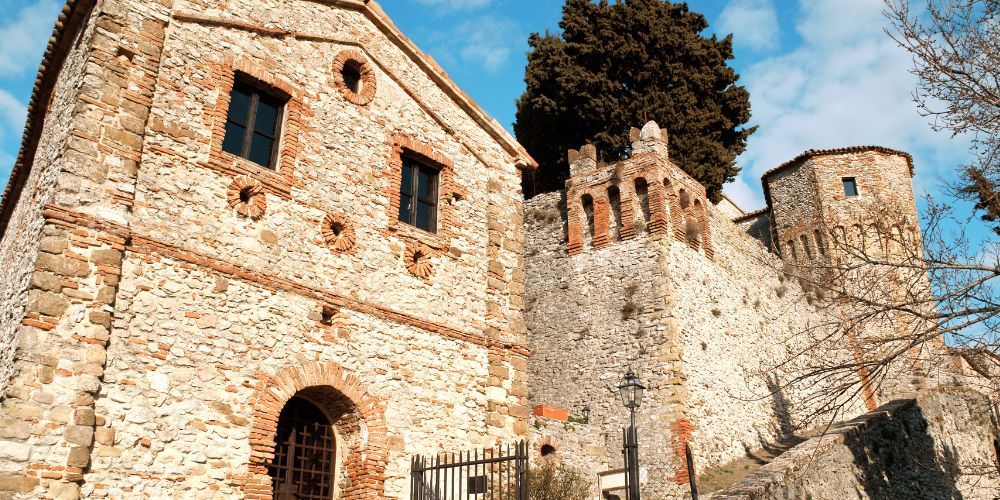
One of Italy’s most chilling legends comes from Romagna, within the walls of Montebello Castle in Poggio Torriana, in the province of Rimini. A fascinating fortress, known above all for what is said to still dwell inside it: the spirit of Azzurrina. Daughter of Lord Ugolinuccio Malatesta, she was an albino child, hidden away in a time when albinism was seen as a dark omen. Her mother tried to cover her hair with natural pigments, but they only turned it a bluish hue.
In June 1375, Azzurrina was playing with a cloth ball in the castle corridors. The ball rolled into the underground chambers; she followed it—and vanished. Her body was never found. Since then, every five years, on the summer solstice, people say her cries can still be heard echoing through the stones of the castle.
But Italy’s ghosts don’t only haunt castles. They also inhabit forgotten villages—places where time seemed to slip away without a sound, but not without a trace.
- In Monteruga, deep in the Salento countryside, abandoned houses stand frozen in time. Founded during the Fascist regime and developed through land reforms, it remained an agricultural hub until the 1980s. Now it’s a ghost town. Yet nearby, vibrant landscapes await: Veglie and Leverano, known for wine, bread, and renovated farmhouses, or Lecce, rich in Baroque architecture and museums preserving rural culture.
- In Lollove, Sardinia, near Nuoro, mystery blends with silence. A handful of stone houses, terracotta roofs and quiet lanes seem suspended between ruin and memory. Said to be cursed by a “social isolation,” the village remained cut off for decades. But nearby, Nuoro welcomes visitors with the Museum of Sardinian Life and Traditions, the scent of pane carasau, and aged cheeses. In the surrounding hills, Oliena and Orgosolo enchant with their murals, mountain quiet, and cuisine steeped in pastoral roots.
- Castello della Rotta, in Piedmont, is another place where legend lives on. Near Turin, this medieval manor is known for ghostly apparitions tied to the Templars. Nearby, the Monferrato hills offer rolling landscapes, charming villages, and wineries perfect for tastings and slow travel.
- In Emilia-Romagna, castles that once belonged to the Duchy now host chilling ghost tours. Between one story and the next, it’s easy to stop at a local trattoria and enjoy handmade tortelli, wild mushrooms, and sparkling Lambrusco.
- In Lazio, the village of Torre Alfina is home to the White Lady, a spectral figure said to roam the castle halls. From there, it’s just a short trip to Civita di Bagnoregio, the dramatic “dying town” perched on a tuff cliff, or to Acquapendente, where sacred underground crypts and a perfectly preserved medieval atmosphere await.
Chasing chills: haunted castles, night tours, and ghostly encounters
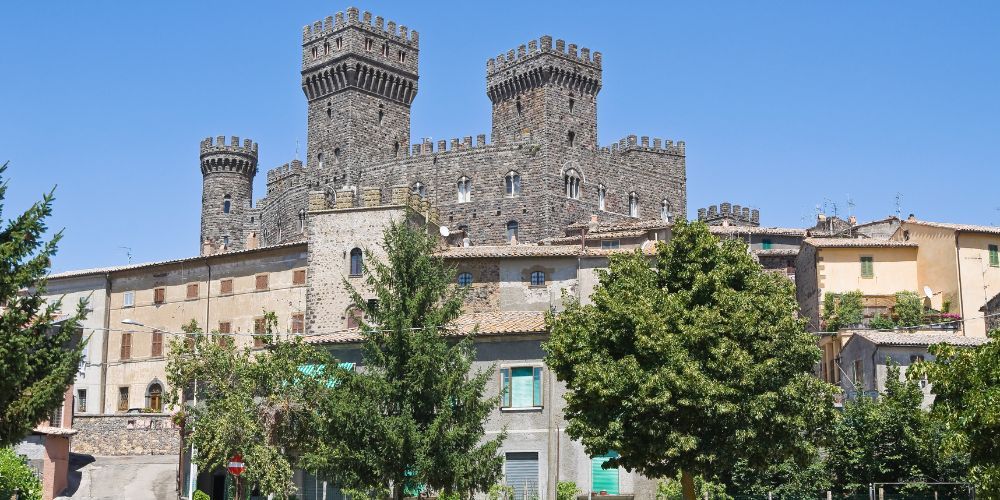
Across Italy, castles and villages hold stories that defy time and logic. Here are some of the most iconic destinations, where the line between fact and folklore begins to blur.
Haunted Castles:
- Castello della Rotta (Piedmont): Just outside Turin, this medieval fortress is steeped in Templar legends. Visitors speak of a ghostly knight, monks walled alive, and noblewomen lost to tragedy.
- Torre Alfina (Lazio): In the village of Acquapendente, the ethereal White Lady is said to haunt the castle halls during lantern-lit night tours.
- Stilo Castle (Calabria): Perched on Mount Consolino, this fortress is tied to the legend of a missing drummer boy. On cold nights, his ghostly rhythm is said to echo through the stones.
Ghost Tours in Italy’s Cities:
- Rome: Through alleys and piazzas, the “Seriously Scary Ghost Tour” and “Dark Rome Ghost Tour” uncover tales of forgotten executions, cursed popes, and churches decorated with human bones.
- Venice: Wrapped in fog and silence, the “Legends, Ghosts and Ghouls of Venice” tour leads travelers through lost souls and palaces hiding ancient secrets.
Folklore and Haunted Heritage:
- Emilia-Romagna: Once part of a grand Duchy, the region’s castles now offer after-dark ghost tours through towers, frescoed rooms, and whispered tales.
- Tuscany: Legends tell of the Veiled Lady, a sorrowful ghost wandering Sienese villas in search of her lost love.
- Abruzzo: The Janare, night witches who slip through keyholes and can only be stopped with garlic or salt, still haunt the memory of Irpinia’s mountain villages.
- Sardinia: The island speaks of the Panas, spirits of women who died in childbirth, condemned to wash the clothes of children they never met. It’s said that disturbing them brings misfortune.
When to visit haunted places in Italy and how to reach them: tips to step into the unknown
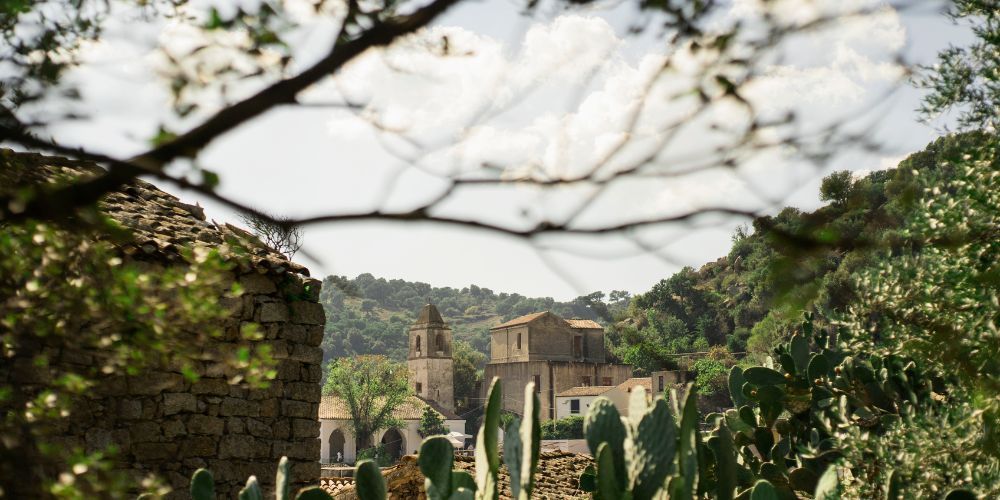
Exploring haunted places in Italy isn’t something to reserve only for Halloween night. Many of these places are open year-round, ready to welcome curious travelers, lovers of occult history, and thrill seekers, even during the quieter, off-season months. In fact, it’s precisely in those less crowded times, when the shadows seem deeper and silence stretches longer, that these destinations reveal their truest face.
Montebello Castle, for example, offers regular guided tours, but it’s during summer evenings, especially around the solstice, that special night visits are organized. These tours are designed for those who want to hear the voice of legend at the moment when, it’s said, the veil between worlds grows thin.
Similar experiences can be found in southern ghost towns or the shadowy alleys of major cities, where expert guides lead small groups through themed paths at dusk, weaving together history, myth, and folklore.
However, not every location is easy to reach. Some, like Monteruga or Lollove, require a personal vehicle or participation in organized tours, especially for visitors arriving from afar or those who prefer not to drive. In these cases, relying on local operators can make the journey even more immersive: many are deeply rooted in the area’s traditions and enrich the experience with stories you won’t find in any official guidebook.
It’s generally a good idea to check in advance how to access each site. Some places are managed by private entities or cultural associations and may require reservations. Others, especially those more remote, are open to the public but not always well-marked. Bringing a detailed map, downloading GPS-based itineraries, or contacting local tourist information centers can make all the difference.
For those dreaming of a journey that blurs the line between legend and reality, haunted places in Italy will not disappoint, but it's wise to venture forth prepared.
Who this journey is for (and why you should take it)
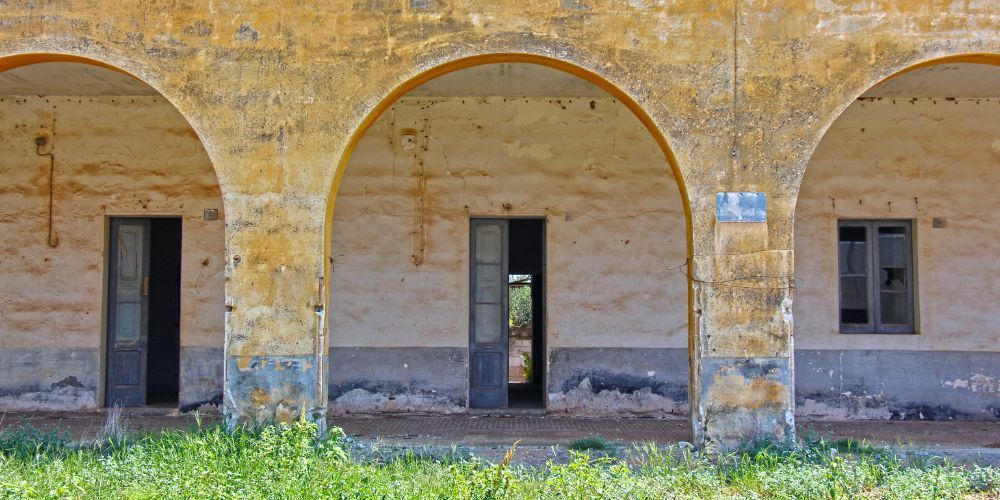
Haunted places in Italy aren’t just for paranormal enthusiasts, they offer an alternative kind of travel experience, one that captivates anyone eager to explore the more mysterious, often forgotten side of Italian history. It’s ideal for lovers of legends, for curious minds who prefer whispered tales over written ones, and for those seeking experiences off the beaten path.
Behind every haunted castle and crumbling village lie centuries of memories, folk beliefs, and ancient symbols. It’s an evocative and authentic way to connect with the deeper identity of each place, not the one told through grand monuments, but through voices, silences, and stories that still linger in time.
Are haunted tours safe?
Yes. Guided visits to haunted places in Italy are designed to offer spine-tingling thrills, but always in complete safety. Whether you're exploring a medieval castle, a deserted village, or following a nighttime route through the alleys of historic cities, everything is handled by experienced operators, often with strong historical and cultural expertise. The chills are real, but always within a safe and respectful setting.
What is the most haunted place in Italy?
It’s hard to choose just one. Italy is steeped in legends, and every region boasts at least one ghost story guaranteed to give you goosebumps. Among the most famous is Montebello Castle, known for the ghost of Azzurrina, whose presence is said to return regularly through the centuries. But La Rotta Castle, Torre Alfina, and the ghost towns of the South also offer powerful and unforgettable experiences.
Can I visit these places on my own?
In some cases, yes, especially when it comes to abandoned villages or ghost towns like Monteruga or Lollove. However, many castles and historic estates are only open during specific times or require a guided visit. To fully enjoy the experience, and uncover stories you’d likely miss on your own, it’s definitely worth joining a local tour.
Are there guided ghost tours in Italy?
Absolutely, and they’re becoming increasingly popular. Cities like Rome, Venice, and Naples, as well as many smaller towns, offer nighttime ghost tours featuring local legends, haunted tales, dark rituals, and unsolved mysteries. Some tours cater to the simply curious; others are designed for true lovers of the paranormal. Just pick the thrill level you’re most comfortable with.
What are the most famous Italian ghost legends?
Among the best-known is the story of Azzurrina, of course, but also the White Lady, a figure that appears in several regional versions, and the Janare, night witches said to haunt the central Apennines. In Sardinia, people still tell tales of the Panas, while in Veneto, whispers remain about the trapped souls of Templars walled in alive. Each legend has its own roots, its own symbols, and often springs from true stories, distorted and magnified over time.
About the author
Written on 10/09/2025

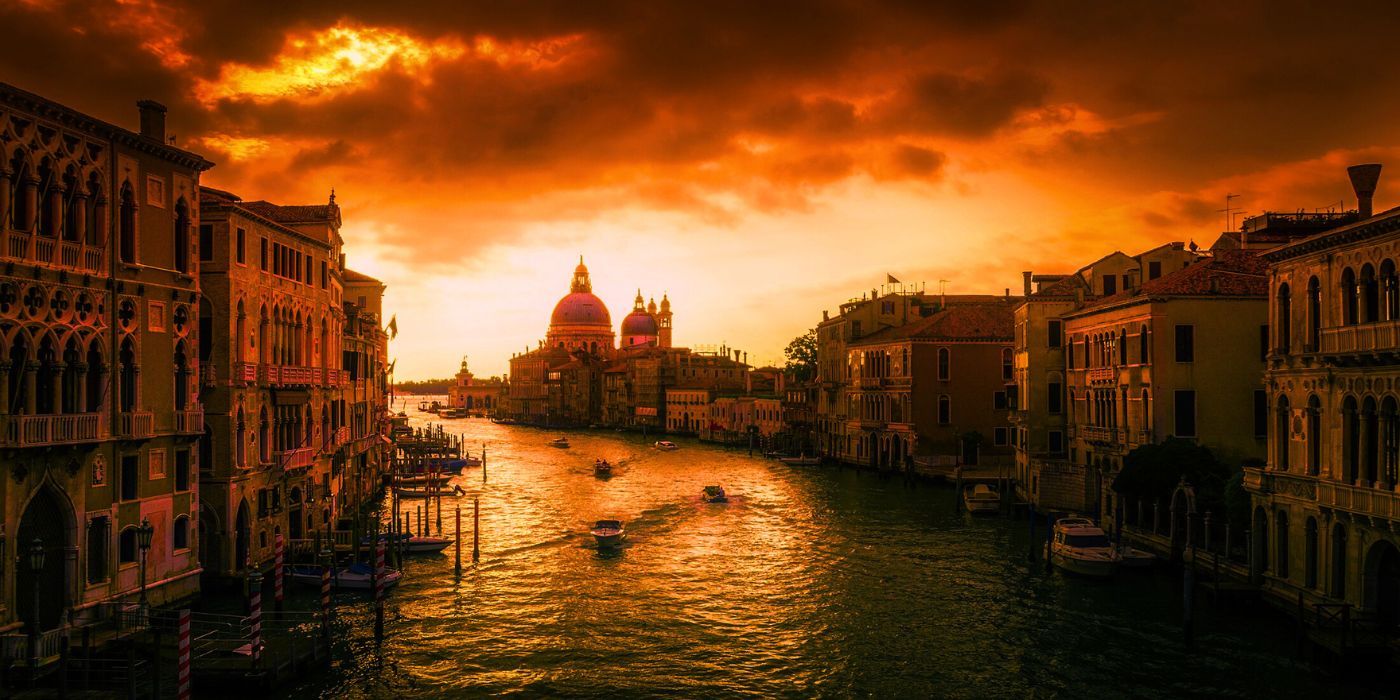

Flavia Cantini
From haunted castles to forgotten villages, a journey through Italy’s most mysterious places, legends, and timeless ghost stories.